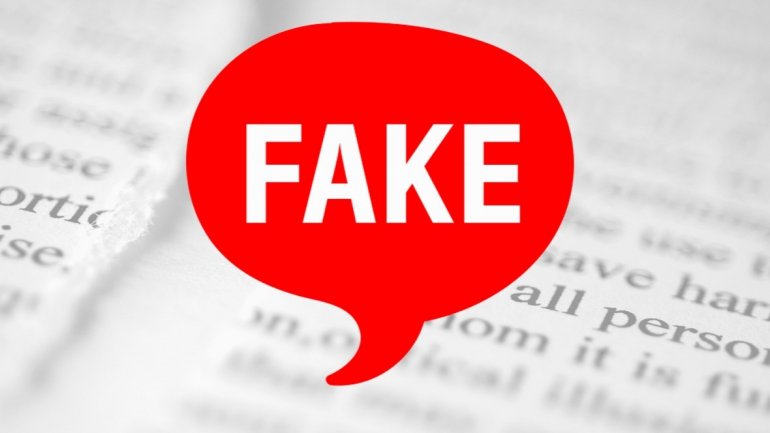Here's what people can do better than robots
 foto: Slate
foto: Slate
“Fake news” has become a catch-all phrase that Google’s VP of Engineering, Ben Gomes, interprets as “blatantly misleading, low quality, offensive or downright false information.” Web content that falls into these categories continually contaminates search results, news feeds and ad placements. Yesterday Google announced changes to Search designed to combat the appearance of fake news in search results.
The changes to Search fall under three headings: Search rankings, direct feedback tools, and enhanced transparency about how Search works. Google has taken two approaches to improving search rankings so that low-quality, fake news sites have a lower probability of appearing in search results. The most straightforward approach is adjusting their search algorithms to discount sites that contain objectionable content. Google has remained silent, as expected, on what adjustments were made.
Google’s second approach toward improving rankings takes the form of updating their Search Quality Rater Guidelines with more detailed examples of the low quality webpages that Google wants to discount. One of the ways Google examines the quality of Search is by having humans critically evaluate real search results. The Search Quality Rater Guidelines instruct the human evaluators on how to go about their business. The Guidelines are a detailed, comprehensive and valuable resource for anyone who wants to increase their sophistication in evaluating the pages they find on the web.
Read more at Forbes.